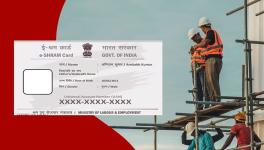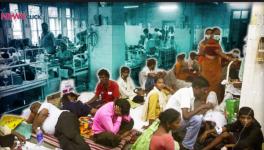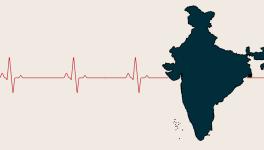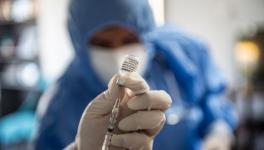IIT Madras Start-up Generates Rs 22 Cr to Launch Wrist Band for Detecting COVID Symptoms
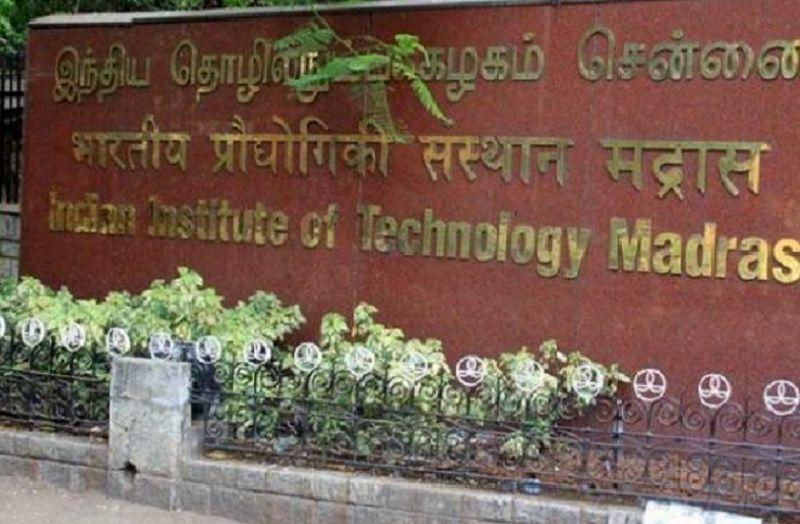
Image Courtesy: The Tribune
New Delhi: A wearable wrist tracker to detect COVID-19 symptoms at an early stage will be available in the market next month with its developer, a IIT Madras incubated start-up, raising funding of Rs 22 crore for the purpose.
"Muse Wearbales", the start-up incubated at IIT Madras by an alumni group along with an NIT Warangal alumnus, is planning to launch the trackers in 70 countries.
The wrist-based tracker has sensors for skin temperature, heart rate and SpO2 (blood oxygen saturation) which can continuously track these body vitals remotely to help in early diagnosis of COVID-19 symptoms.
The tracker will be Bluetooth-enabled and can be connected to the mobile phone via an App called the Muse Health App. The user vitals and activity data are stored in the phone as well as a remote server. Administrative access can also be provided for centralized monitoring of people in containment areas for COVID-19 symptoms.
The tracker claims that it can get notifications from the Aarogya Setu App and alert the user when she enters a COVID containment zone.
Users can raise an Emergency Alert (SOS) in case of any difficulty and the alert is raised when body temperature is higher than the threshold. The App also alerts people when SpO2 levels are too low or when the user is entering into a COVID containment area.
"We are targeting two lakh product sales this year with plans to achieve 10 lakh product sales by 2022 across the world. The investors believe in our innovations and believe that we can create a huge difference in the consumer tech space and we have been able to generate a funding of Rs 22 crore," said KLN Sai Prasanth, an IIT Madras alumnus.
Priced at around Rs 3,500, the new wearable product will be available in the market for consumers across 70 countries by August.
K Prathyusha, an NIT Warangal graduate, said: "Our main objective with this product is to facilitate identification of patients who have COVID pneumonia sooner so that they can be treated more effectively."
"We have developed algorithms to estimate body temperature from skin and ambient temperature, heart rate and motion sensing. With continuous temperature and SpO2 monitoring, we will be able to detect silent hypoxia (an early symptom of coronavirus infection even in asymptomatic patients) at an early stage. This will also help the general public for proactive health monitoring along with fitness tracking and sleep tracking," Prathyusha said.
Get the latest reports & analysis with people's perspective on Protests, movements & deep analytical videos, discussions of the current affairs in your Telegram app. Subscribe to NewsClick's Telegram channel & get Real-Time updates on stories, as they get published on our website.











